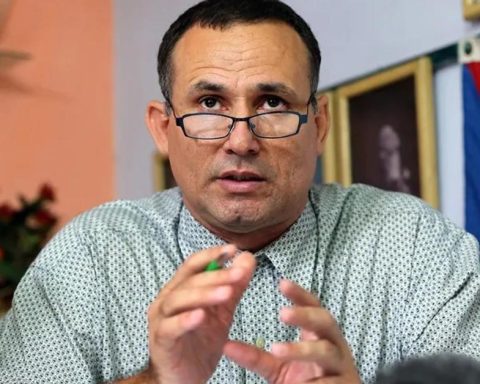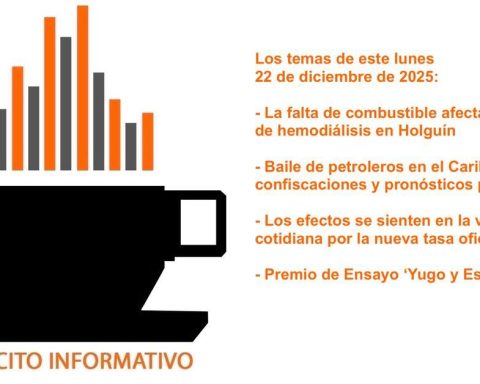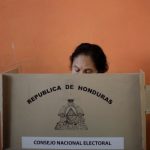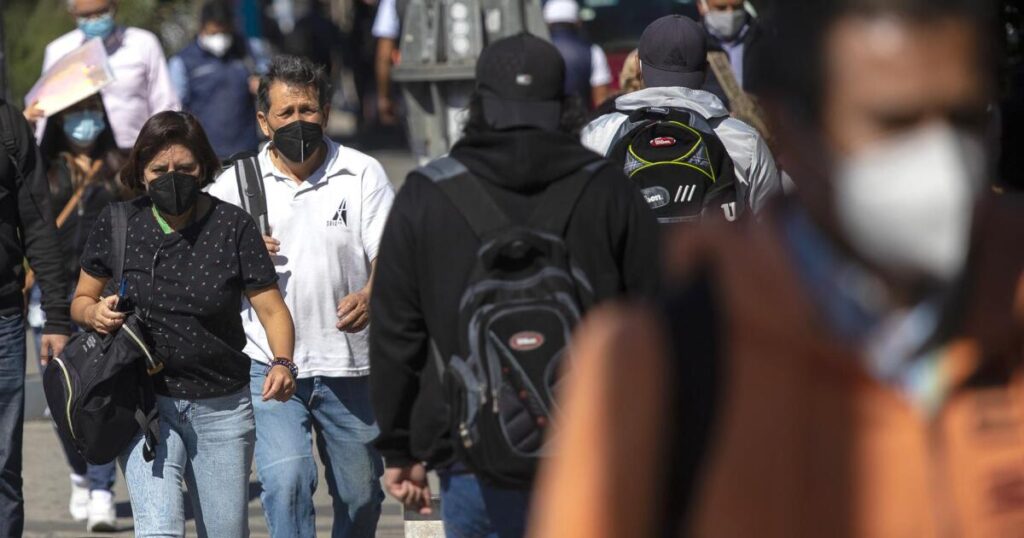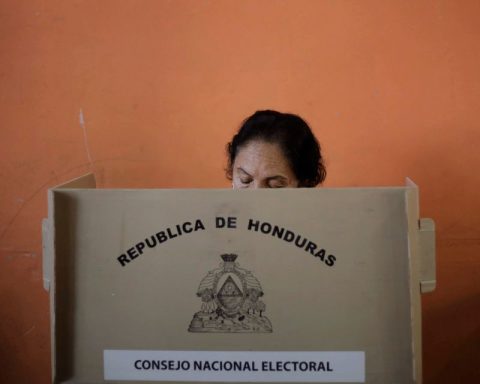The financial gap is reflected in the marked difference in saving capacity between men and women.
In Ecuador, the women face a double trap in the working market: they earn less and are more precarious. This situation causes them to have less space to savenot only for financial goals in the short and medium term, such as paying debts or buying a house, but also to secure a retirement plan.
In addition, the gap with men includes less access to products financial such as life and health insurance; and less use of electronic means of payment to cover basic services or buy any type of good or service.
Below are ten key points to understand the financial and economic disadvantages faced by Ecuadorian women:
1.- Only three out of ten Ecuadorian they take the financial decisions daily at home. Ecuador is the country in the region with the gap larger compared to the financial autonomy of women within the family. According to a study by the Development Bank of Latin America (CF), this is due to the gender roles imposed in their homes, lower female participation in the working marketand in consequence lower incomeas well as the perception of women’s income as complementary and not as the main source.
2.- On average, 17% of the Ecuadorian they use banking apps and make automatic payments. At the other extreme, 26% of men conduct digital transactions and payments. The difference deepens in rural sectors, where less than 5% of women carry out digital financial operationscompared to 10% of their male peers.
3.- Currently, an Ecuadorian with job earns, on average, $497.4; while an Ecuadorian receives $582.7. In addition, 70% of more than one million unpaid jobs are covered by them. this bad employment situation makes only 33% of the women can save, compared to 44% of men.
4.- The gap from financial inclusion It can also be seen in the fact that 42% of Ecuadorian women have all or part of their savings in a Bank account or cooperative; while the percentage exceeds 54% in the case of men. Added to this is that 41% of the Ecuadorian have financial goals (buy a house, pay for studies, among others, compared to more than 45% of Ecuadorians.
5.-Access to a retirement plan is another structural problem in the Ecuadorian economy. 42% of men with formal employment have a retirement plan insured by your employer; but the percentage is reduced to 25% in the case of women.
6.- Due to more housework and obligations related to children, only 41% of the women you can look for alternative ways to increase your income such as working overtime or getting an additional job or business. The percentage in the case of Ecuadorians increases to 58%.
7.- On the stage of a unforeseen expenseor an emergency, 32% of the women He has enough money to face it without asking a family member for a loan or money. On the contrary, 47% of men can independently cover the unforeseen event.
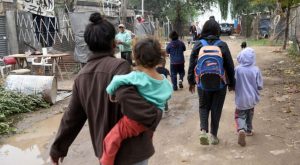
8.- In Ecuador, access to Life and health insurances it is very low. 8% of men have at least one of these financial productsbut the percentage is reduced to 2.5% in the case of women. This reality increases their vulnerability, especially in the elderly; it also puts more pressure on your low income in case of a medical emergency.
9.- In the last year, according to a CAF study, 74% of the Ecuadorian They state that they have not made any type of transfer between bank accounts, through a smartphone or computer. The percentage in men, on the other hand, reaches 64%. This reflects that, in a country with low financial inclusion digital, women are the ones who bear the brunt.
10.- On the subject of financial education a significant gap can also be observed. More than 50% of men manage the concept of compound interest compared to 40% of women. Regarding the value of money over time, the notion is clear for 47% of Ecuadorians and for 42% of Ecuadorian. Also, the concept of iinflation it is understood by 87% of men and 84% of women. This situation is a consequence of the fewer educational opportunities, both in number of years and in quality, that Ecuadorians have, especially far from the big cities and in rural areas. (JS)


